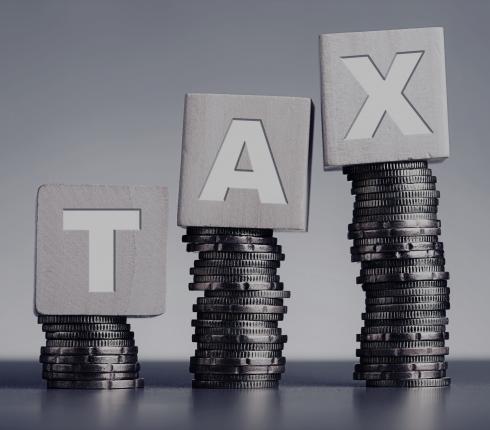Progressive income tax rate in Estonia – a new era
2018 in Estonia has kicked off with significant changes to its tax law structure. Until 2017, Estonia was praised for its simple tax system, where a flat tax rate of 20% on all income was applied. Furthermore, the previous tax law stated that the tax-exempt amount in 2017 for all resident natural persons was EUR 180, which was to be deducted from a person’s income tax base.
As of 1 January 2018, the tax-exempt amount is EUR 500, which will gradually decrease simultaneously as the income increases. Ultimately, there is no tax-exempt amount when the income reaches EUR 2,101 (gross per month).
The newly established progressive tax rate focuses on three levels of personal income (per gross monthly income):
- Up to EUR 1,200: income tax-exempt amount to be deducted from the tax base is EUR 500;
- EUR 1,201 – 2,100: income tax exempt amount will gradually decrease based on the formula published by the Estonian Tax and Customs Board: 500 – 0,5556 * (gross income – 1,200)
- EUR 2,101 and higher: no tax exemption applied.
The change in the tax law is directly affecting physical persons as taxpayers but the changes certainly indirectly influence the dividend income for legal persons.
It must be noted that the new tax regime does not focus only on a salary earned by the employee but the entire income a person earns in a year. Subsequently, persons receiving interest from certain savings accounts or receiving dividends may experience a significant increase in their tax base, as the total annual income could exceed any threshold and little or no amount could therefore end up being tax-exempt.
Conflicting thoughts and further discussions concerning companies
As Estonia’s tax jurisdiction has always been unique from a corporate point of view, the new income tax amendments will indirectly affect companies and the issue of double-taxation on dividends has been a heated point of discussion since the news of the amendment became public. Under the corporate tax laws of Estonia, dividends are only taxed at the time the profit is distributed and a flat rate of 20% is applied on the company level. Effectively, previously no tax burden on dividends was left on the recipient, as a physical person. Since the tax law amendments oblige individuals to declare all personal income earned annually, the declaration of dividends on a person’s income tax will result in an indirect double taxation if the dividends have already been taxed during the distribution by the company at 20%. These thoughts have been widely discussed and we await further developments.
For more information, please contact Partner Veikko Toomere and associate Anne-Lii Kask.












